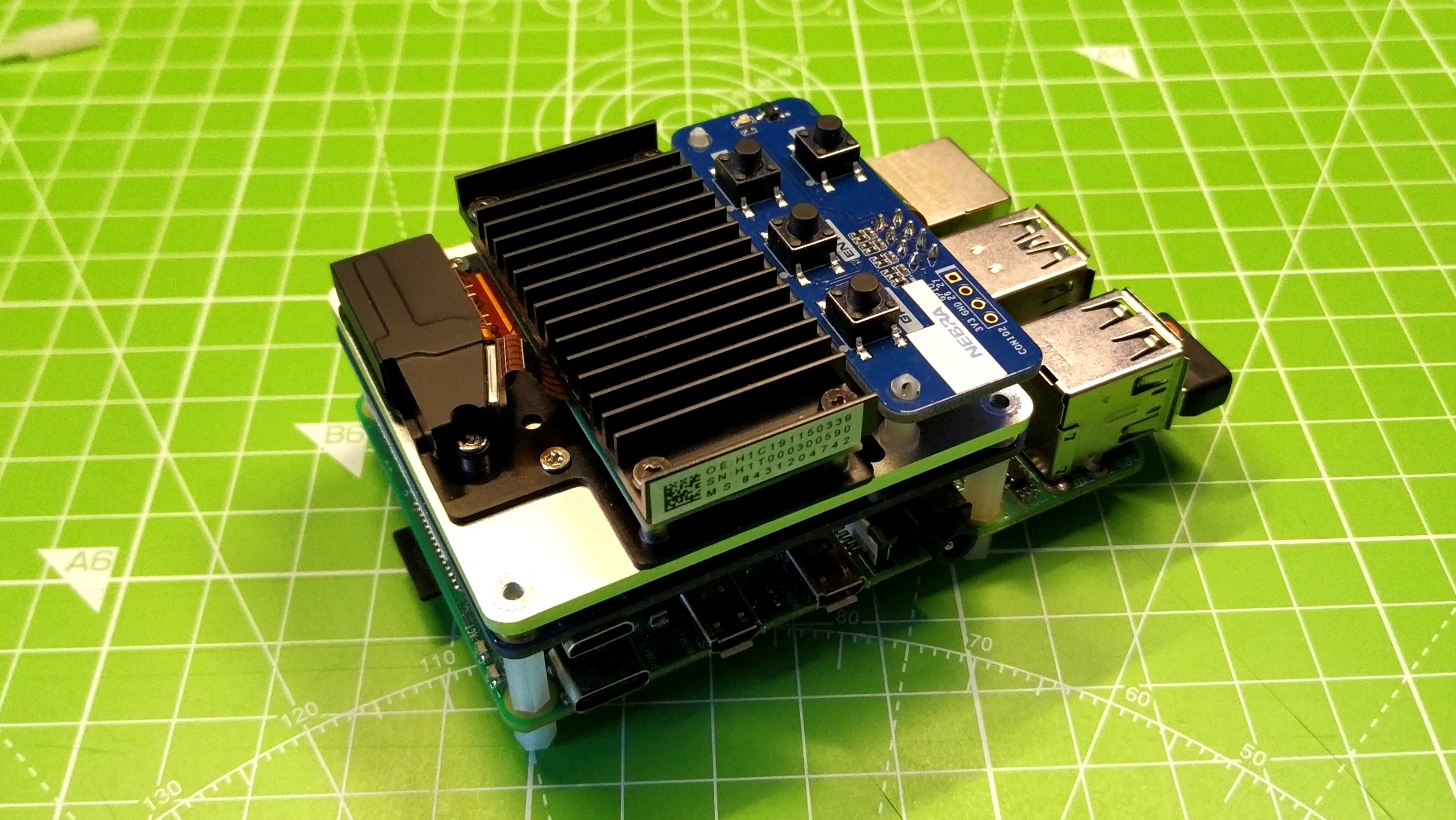Tom's Hardware Verdict
The price and the operating temperature is too high to really recommend. If you have the need, the money and means to cool then perhaps it is a worthy investment.
Pros
- +
Form factor is great
- +
Easy to assemble
- +
Easy to use
Cons
- -
Expensive
- -
Operating temperature is uncomfortable to the touch
- -
Very dark room required
Why you can trust Tom's Hardware
From the silver screen to your pocket, the $267 Nebra AnyBeam HAT brings a Raspberry Pi compatible projector into a convenient HAT form factor. Designed for use with all 40 pin GPIO models of Raspberry Pi, Nebra AnyBeam HAT can project a 720P 150 inch image at upto 3 meters away using lasers instead of a typical bulb. The lasers provide image clarity and require no special means to focus the image, we just point and shoot, so to speak.
The Nebra AnyBeam HAT is both an expensive piece of kit and an interesting idea. A projector HAT sounds like a dream come true for home cinema and artists. The reality is that there is little benefit over purchasing a much cheaper 720P projector.
Nebra AnyBeam HAT Hardware Specifications
| Raspberry Pi Models | All models with 40 pin GPIO |
| Resolution | 720p / 60FPS |
| Contrast | 80,000:1 |
| Ratio | 16:9 |
| Brightness | 23 ANSI lumens (equivalent to DLP 130 visual lumens) |
| Screen size | 150" (The projection distance is 3m depending on the environment) |
| Bulb | MEMS Scanner, no bulb required. Lasers are used to project the image |
Design of the Nebra AnyBeam HAT
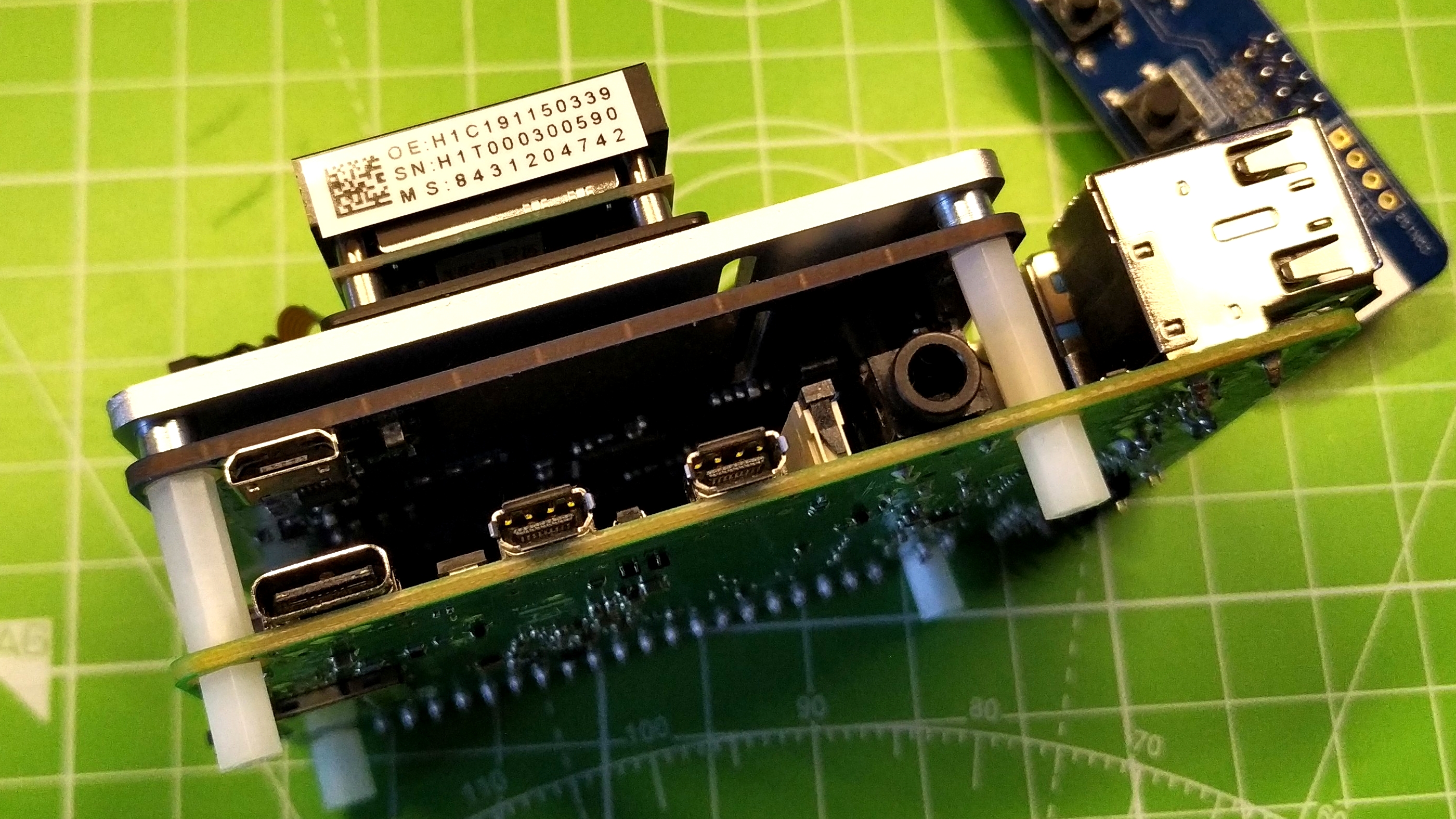
The Nebra AnyBeam HAT, as the name suggests, is designed for use with the Raspberry Pi GPIO. It connects to all 40 GPIO pins and is compatible with all models of Raspberry Pi with a 40 pin GPIO. The Nebra AnyBeam HAT comes as a series of parts, the largest of which is the mainboard onto which the projector unit is secured using three screws via an aluminum plate used as a crude but effective heatsink.
A small control board connected to the mainboard provides a limited means to control the projectors many settings. We did note that once entering the OSD config menu, we could not get out despite what the instructions advised. Assembly is straightforward and the included instructions are simple to follow and, within a few minutes, we had our test unit built.
Using Nebra AnyBeam HAT
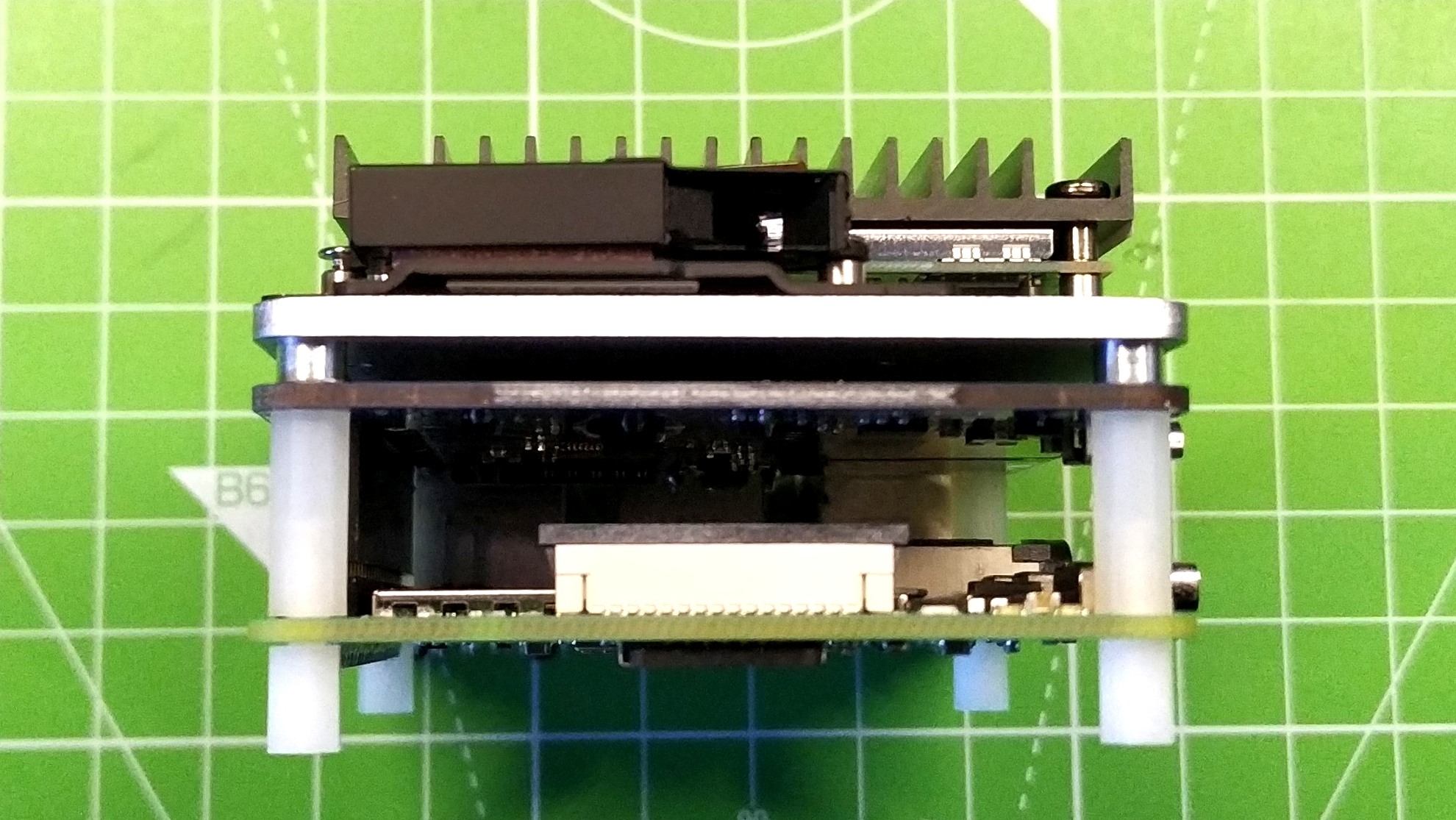
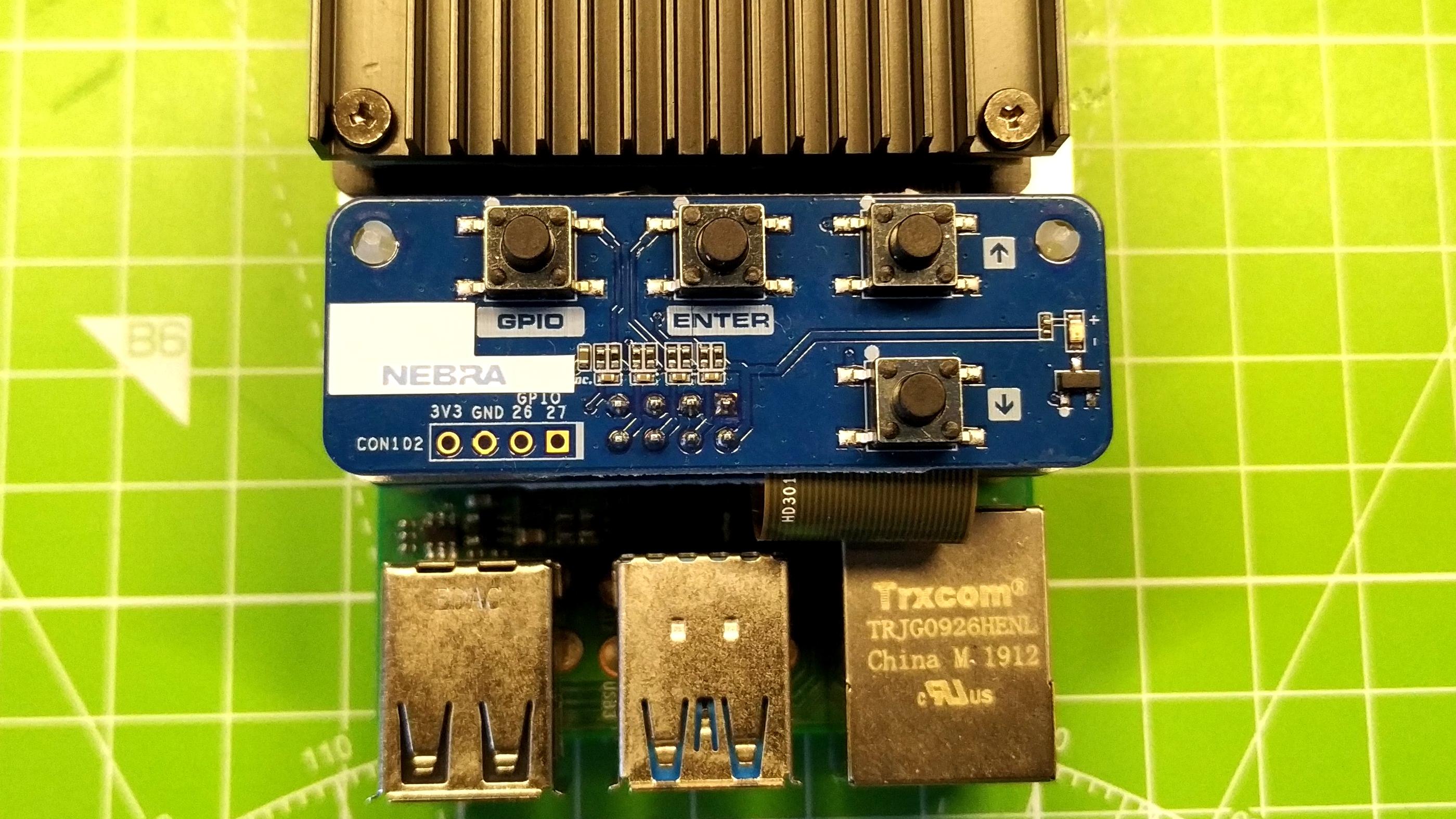
We tested the Nebra AnyBeam HAT on a Raspberry Pi 4 running the latest version of Raspberry Pi OS. The first obstacle that we faced was the lack of installation instructions. There was nothing to inform of us on how to install the software, nor the location of scripts to automate this.
We had to look to the questions section of the product page to learn where a GitHub repository was located. In the Software folder there are instructions on how to run an installation script using curl, which downloads the script and automatically runs it. This is not the ideal means to deploy an installation script, and if you are deploying this into a working environment, check the script before launching.
With the script installed, we removed our micro HDMI lead and rebooted the Raspberry Pi 4. On boot, the Raspberry Pi OS desktop was clear and visible at a resolution of 1280 x 720 and we pointed the projector at a blank section of wall approximately 1 meter away and the image was clear, if a little washed out.
Get Tom's Hardware's best news and in-depth reviews, straight to your inbox.
For this projector to be used best, it needs a dark room. We tested the projector by watching Marvel’s Black Widow trailer and we found that the nearer the projector is to a screen / wall, the brighter the image was. The shorter distance meant that we lost image size, but gained clarity and brightness. We moved the projector farther away from the screen and the image clarity was decent but not razor sharp. There was a slight “fuzziness” to the image but It wasn’t terrible. Text was fuzzy, but legible and fast moving images had no blur.
The operating temperature is 38 Celsius with a static image, left idle for 10 minutes. When watching the Black Widow trailer we saw the temperature rise to 47.2 Celsius, nothing to worry about but do take into account that the Raspberry Pi 4 has no cooling when used with the Nebra AnyBeam HAT and the idle temperature of the Pi was 54.5 Celsius.
The onboard menu system is functional, if a little cumbersome to use. Accessed by pressing the Enter key for five seconds, a config menu appears, and from there, we can configure our projector. We noticed a bug when changing the brightness of the unit, sometimes the unit froze and then tried to catch up with our input.
Use Cases for the Nebra AnyBeam HAT
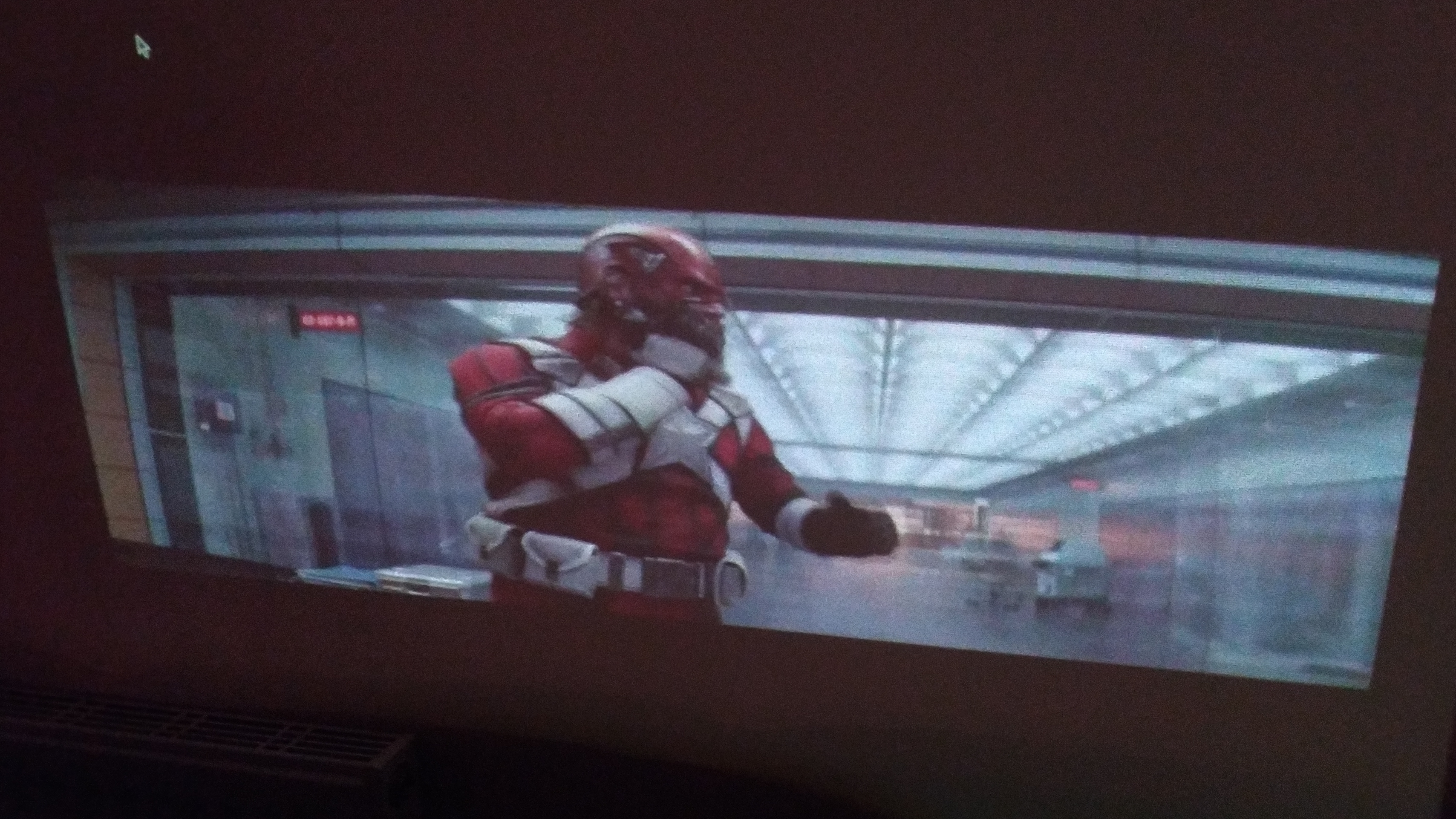
Projectors are typically used in home cinemas and for presentations. Only one of these places is where we can sometimes find a Raspberry Pi.
For home cinema use, Nebra AnyBeam HAT is a neat solution, but the price is a big negative against this projector. If you depend on a Raspberry Pi for a project, then Nebra AnyBeam HAT provides a slick means to project video / images in a small package.
Bottom Line
Nebra AnyBeam HAT is a great idea, let down by a hard-to-swallow price tag and a rather warm running temperature. For $267 we could purchase a decent projector and a Raspberry Pi 4 and still have change in our pocket. A basic 720P projector can be bought for $89, and a Raspberry Pi 4 4GB kit can be had for $99. This would save us nearly $80! Sure we would lose the small form factor, and there would be more wires, but we would have flexibility to connect to other devices. The Nebra AnyBeam HAT has great picture quality, and the technology used is remarkable. Careful consideration is required before parting with your cash.

Les Pounder is an associate editor at Tom's Hardware. He is a creative technologist and for seven years has created projects to educate and inspire minds both young and old. He has worked with the Raspberry Pi Foundation to write and deliver their teacher training program "Picademy".
